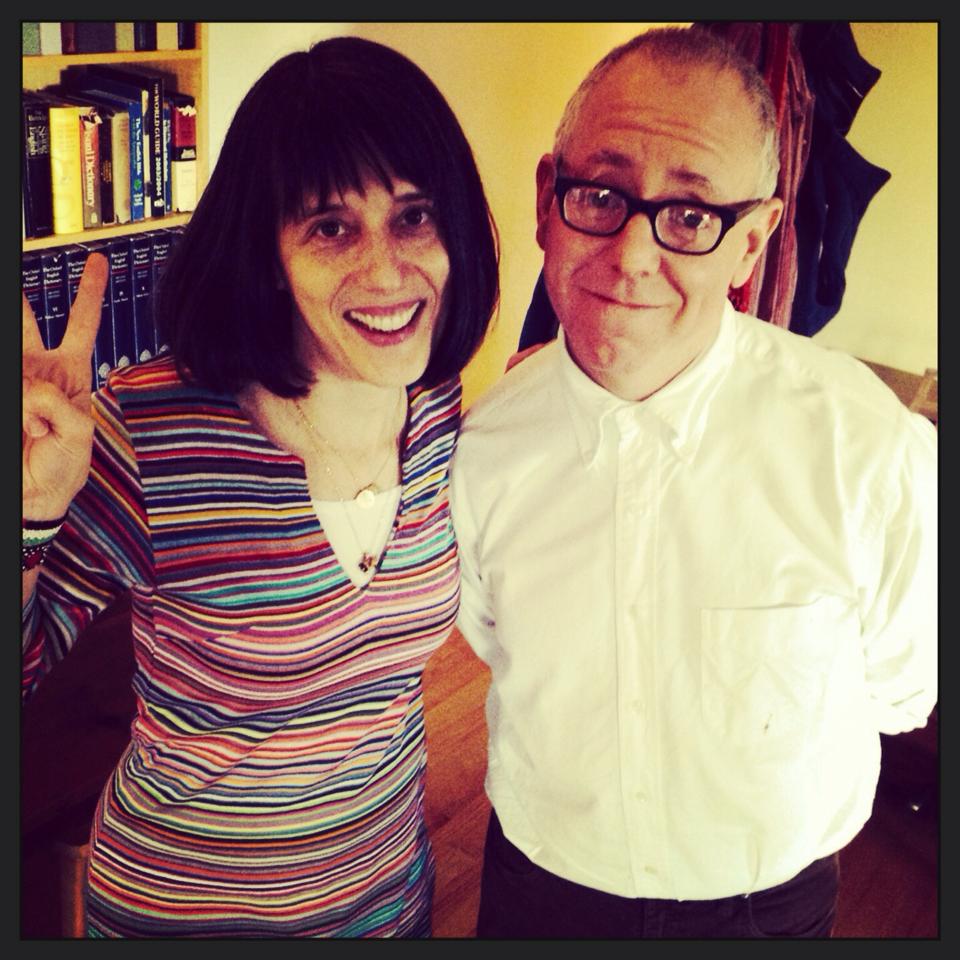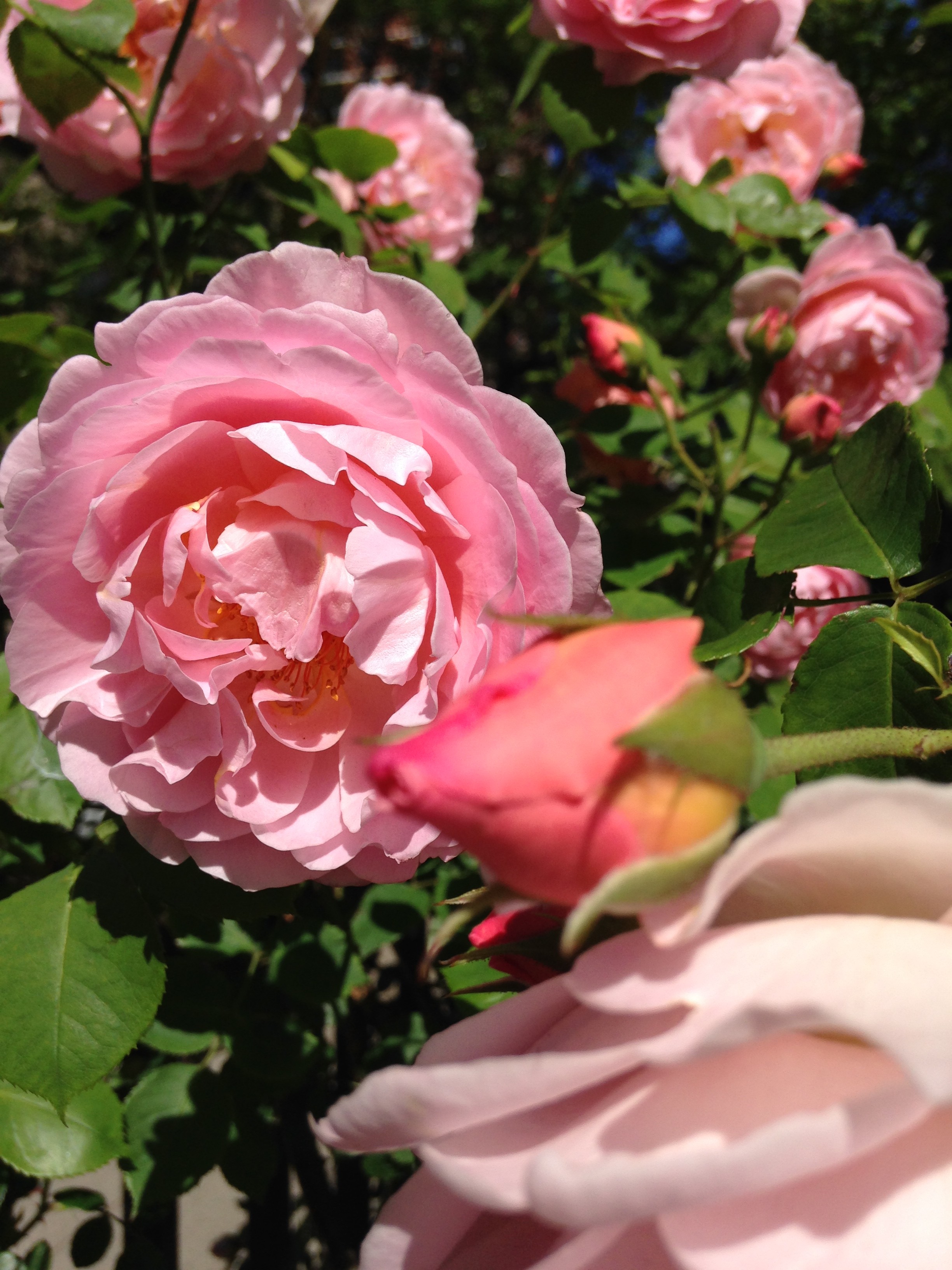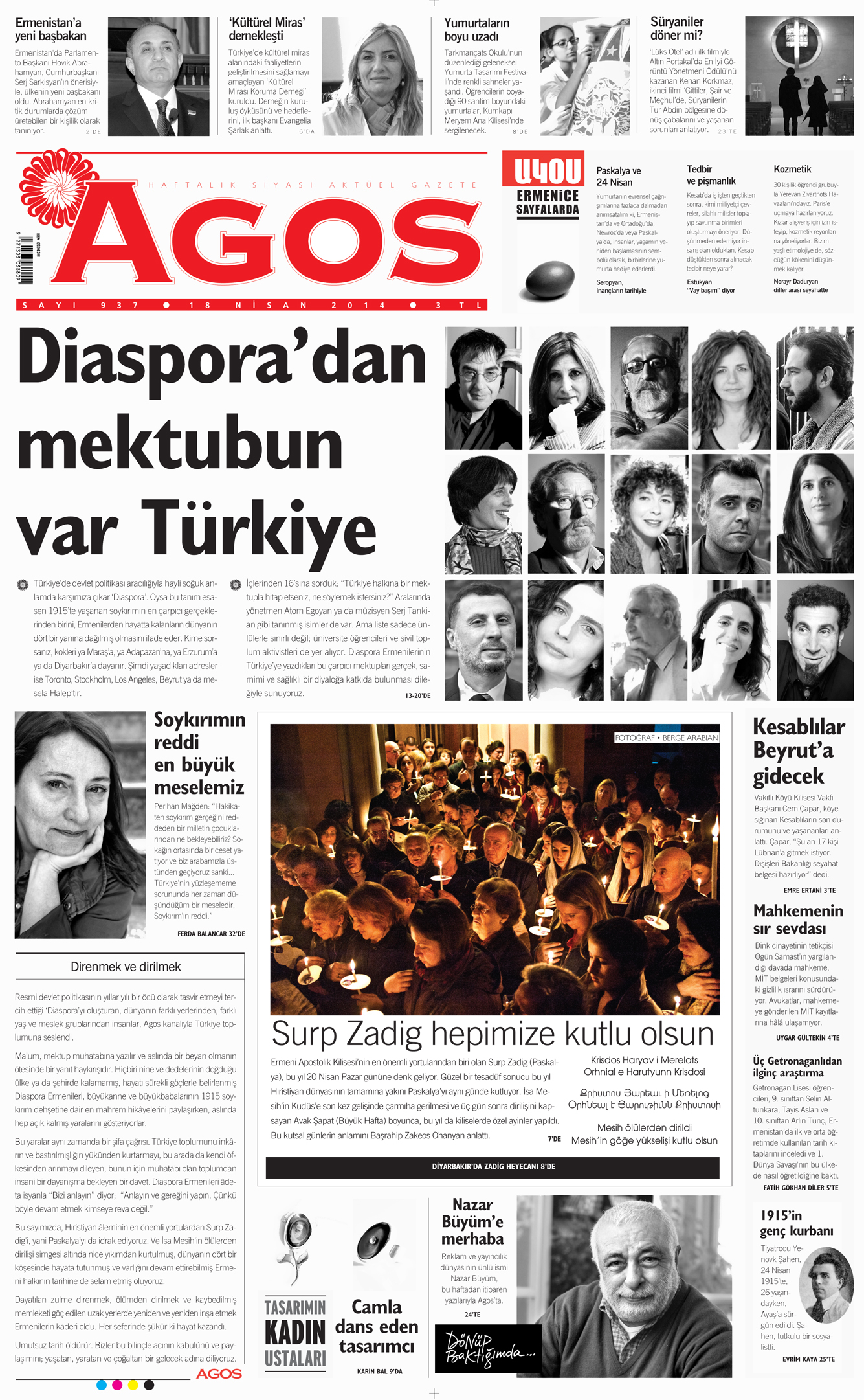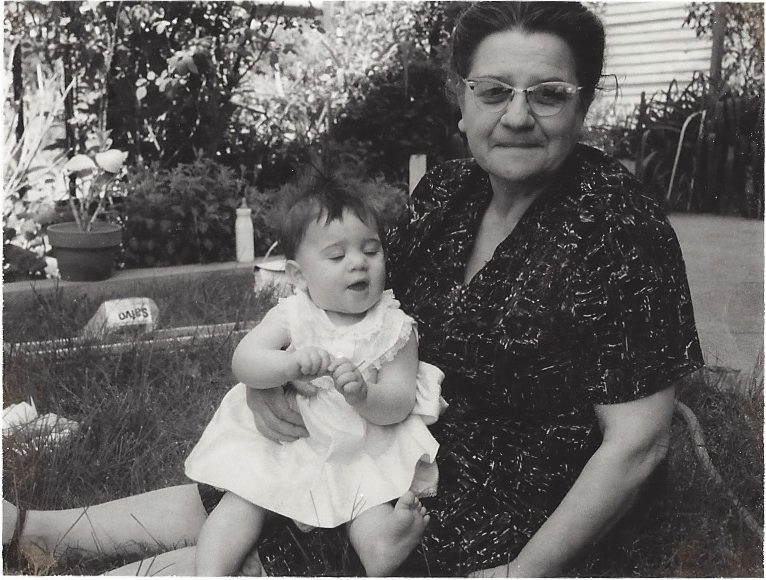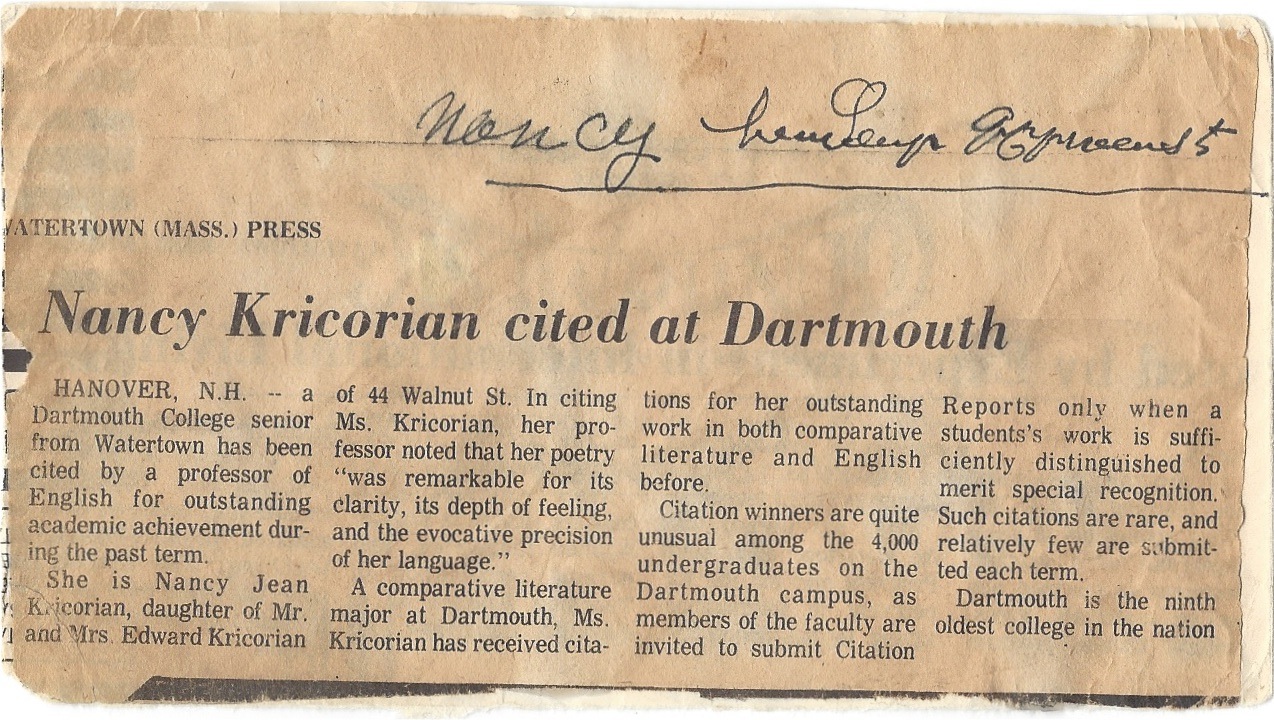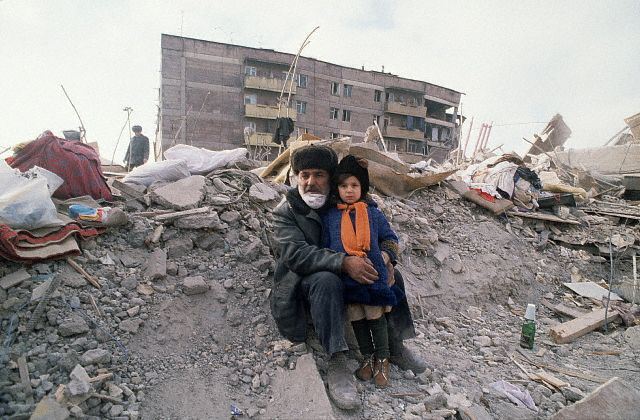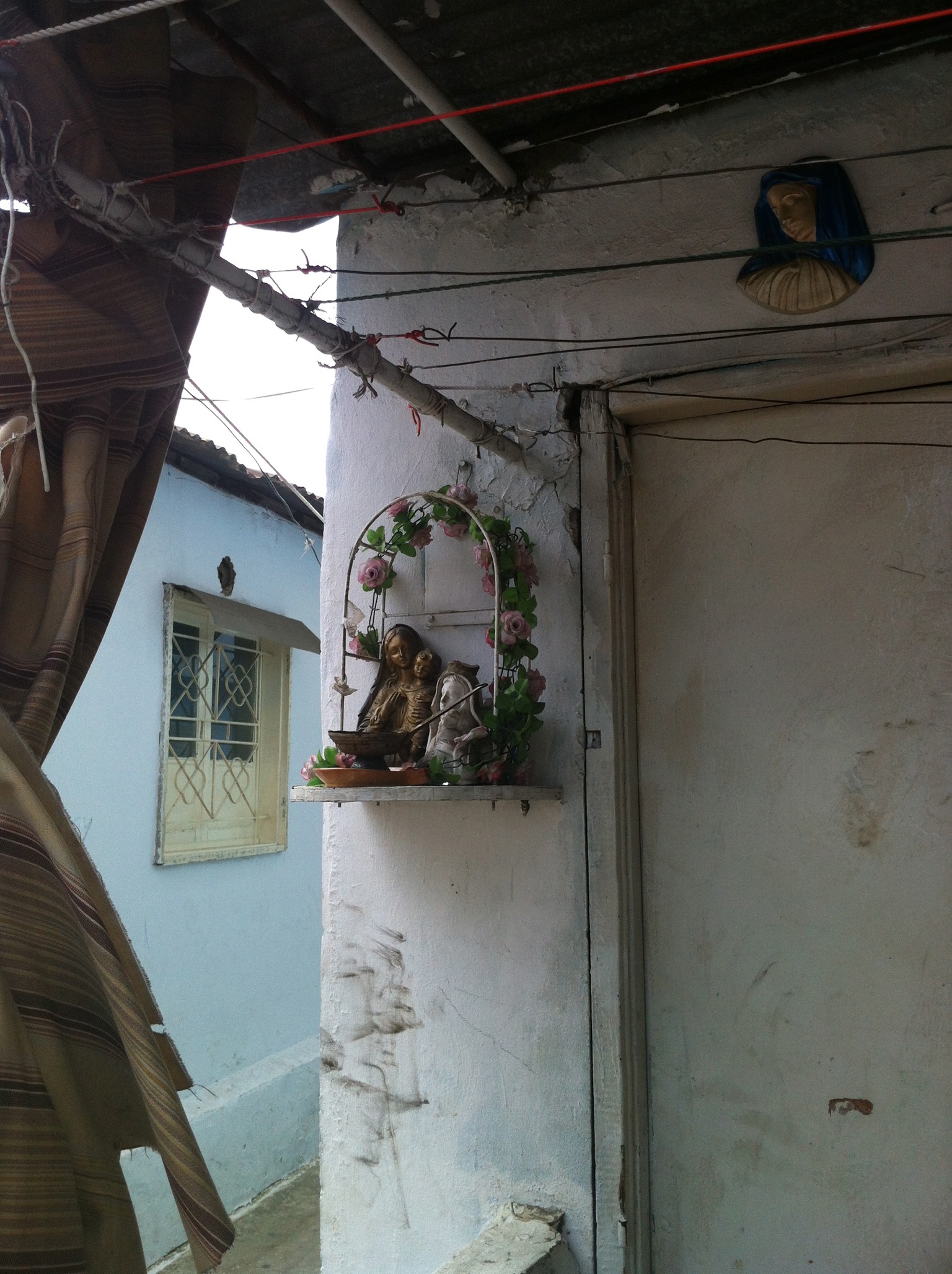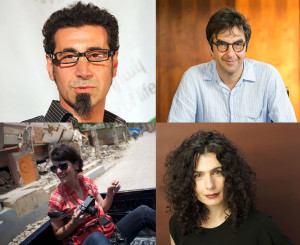The Armenian Heritage Trip as a Form of Resistance
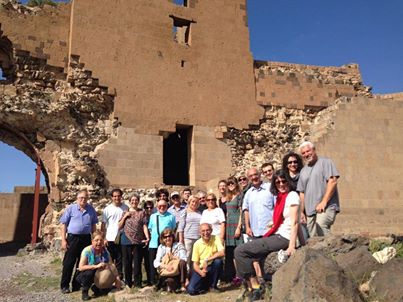
I participated in an Armenian Heritage Trip to Turkey between June 18-30, 2014. On one of the last nights of our voyage, we were invited to share our thoughts. Below are the remarks, written on the tour bus, that I read to the group.
Between knowing that 1.5 million were killed and having heard the familial and personal stories of suffering, we have arrived at a new location by returning to the cities, towns and villages of our ancestors. The place names in narratives of 1915 now have vivid material properties.
I stood by the port in my grandmother’s hometown of Mersin. I then looked at a map and traced the trajectory between Mersin and the desert camp at Ras al Ain in Syria where she was among 8,000 Armenian orphans. She walked that distance in 1915 without shelter and with what little food she could scrounge or, much to her shame, beg.
We have seen the bridge in mountainous Zaytoun where hundreds were thrown to their deaths into the deep gorge below. The river ran red with their blood. That is a sentence I have heard many times before, but now I have seen this river. We have stood on the shores of Hazar Lake near Kharpert where 10,000 Armenians were forcibly drowned. I didn’t want to ask for a description of how this was effected, nor did I want to imagine it.
But we have also found other ways to experience these places. I imagined my grandfather as a young man crossing the Stone Bridge, dating to Roman times, over the Ceyhan River in Adana. Each of us has created new memories in the landscapes our relatives once walked. We have seen poppies and thistles by the roadsides. We have picked fruit from trees: sour cherries in Kayseri, red and the white mulberries in Zaytoun, and sweet apricots in Malatya. And some of us are going home with paprika–the famous biber of Marash.
What can we do with this new knowledge? Our very existence is testament to the resilience and tenacity of the Armenian people. And our determination to make this voyage is a form of resistance. We refuse to allow our parents and grandparents to be forgotten. We refuse to allow erasure, fabrication and denial of our history. And as we go our different ways, I hope that each of us will find a means to bear witness to this past and to work towards a future where dignity, equality and justice are accorded to all the people of these lands.
Nancy Kricorian
Van, June 2014
June 30, 2014
